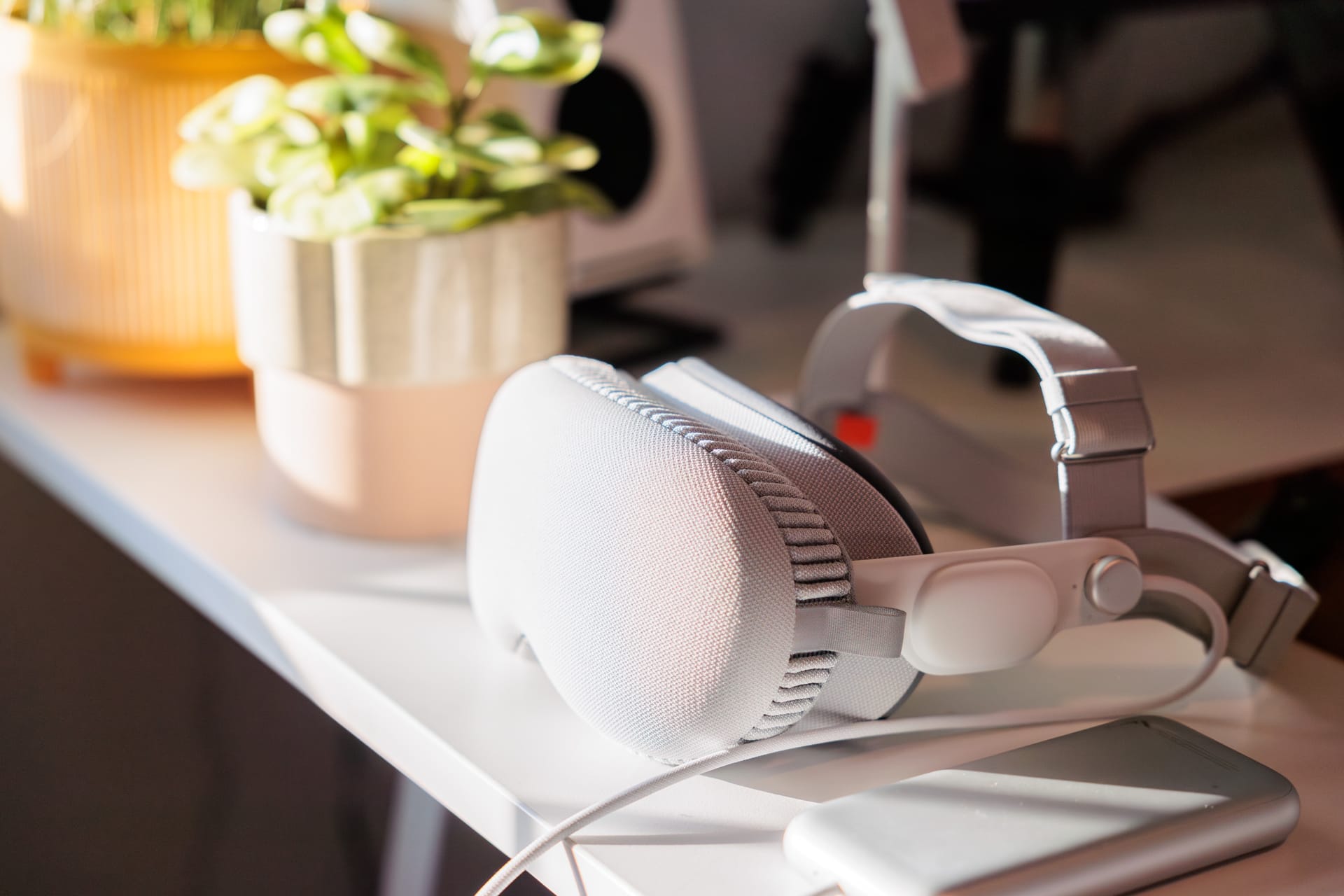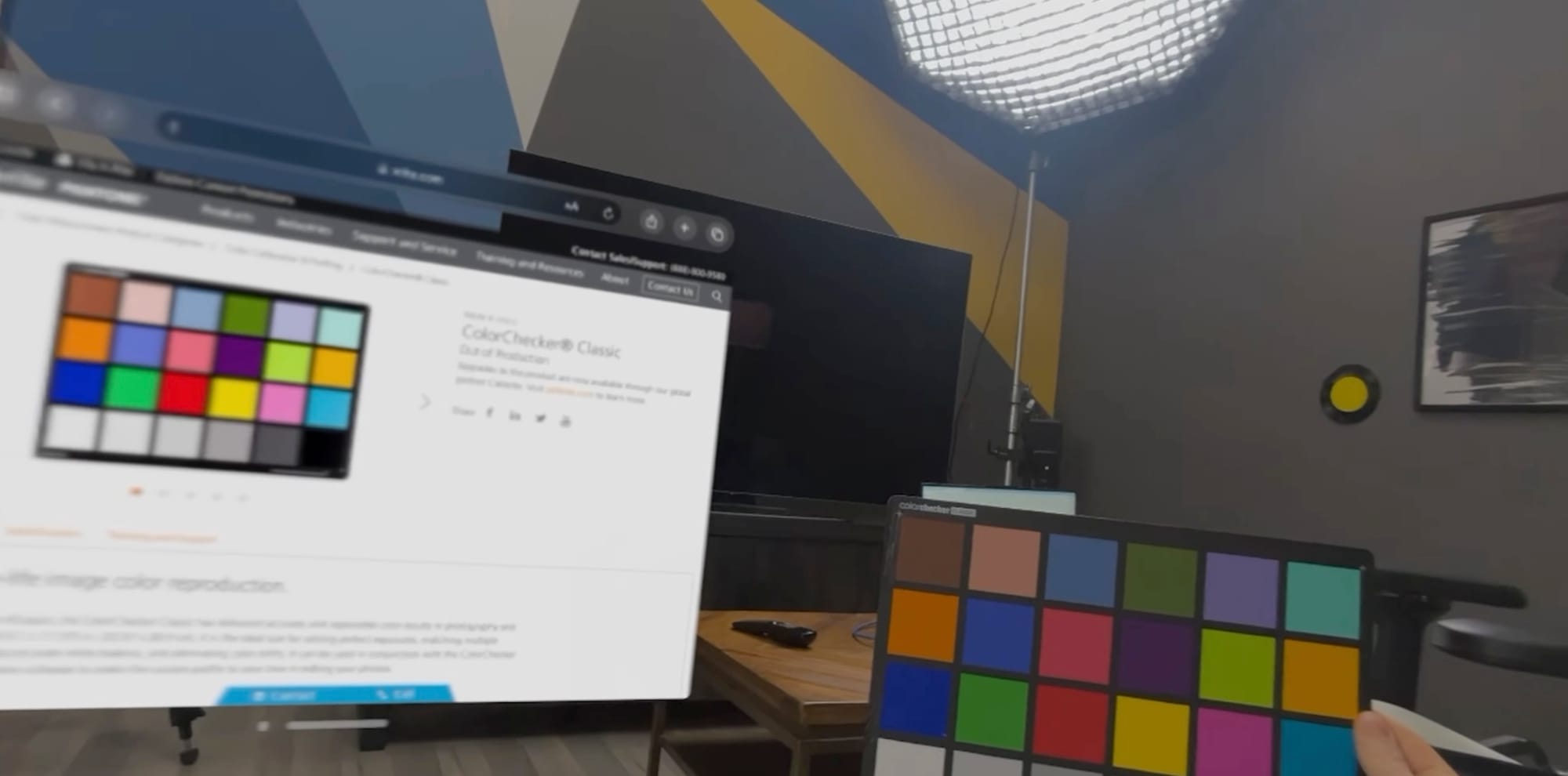Pedal to the metal

A history lesson for each major computing platform Apple has released since the turn of the millennium:
- Apple released the first iPod in November 2001, and they released the second one 10 months later.
- They released the first iPhone in June 2007, and the iPhone 3G 12 months later.
- They released the first iPad in April 2010, and the iPad 2 11 months later.
- They released the first Apple Watch in April 2015, and the Series 1 & 2 17 months later.
- They released the Vision Pro in February 2024, and we’re not sure when the next version will come out.
I bring up this history because I’m seeing more and more people suggest that the Vision Pro isn’t going to get an upgrade for quite a while, and these arguments tend to gravitate around 2 main points:
- This thing is expensive, so Apple won’t expect people to upgrade for several years.
- The hardware is more than capable, so there’s no need to rush any upgrades.
If I could put my “strong opinions hat” on for a second, I think both of these reasons are absurd.
It’s so expensive, Apple wouldn’t make this “obsolete” already
Yes, they absolutely would. Remember back in 2015 when Apple sold a $17,000 Apple Watch and people were like, “surely they won’t make these people buy another watch in a year to get the latest specs, right? They’ll have some sort of upgrade program or something.” Nope, the new Apple Watches came out the following year, and everyone who wanted the upgrade paid full price for it.
I think that people are misunderstanding who the current Vision Pro is for and what it means to buy something brand new. If you bought a Vision Pro, you are very much in a niche group who is willing to spend a ton of money on a product that doesn’t have a clear product market fit yet. If we look back at any of the products listed at the top of this post, the most common buyer for the 2nd generation of each product was completely new to the platform, they weren’t upgrading from the original. You may remember for many years, when Apple announced iPhone unit sales, they would talk about how the current model outsold all previous models combined.
And Apple doesn’t upgrade their product lines at the same cadence their customers upgrade. People keep their iPhone for 3-5 years on average, and their MacBooks even longer, but those products get upgraded way more often. Hell, the MacBook Pro got an upgrade to the M2 line in February 2023 and then got upgraded again to M3 9 months later! Any individual may only upgrade their device every X years, but Apple likes to keep most products on a 12-18 month upgrade cycle so that when your time comes to upgrade, there’s something fresh for you to get. I fully expect this to be what they do with the Vision Pro as well.
Besides, people who dropped $3,500 on a Vision Pro today are squarely in the group who will upgrade every year because they’re addicted to the new hotness (myself very much included).
The hardware is not good enough
This one really gets me, so let me say this very clearly: the Vision Pro is a remarkable technical achievement, but the limits are so painfully obvious that you have to be drunk on the Apple Kool-Aid to not see them.
Again, it’s very impressive what they’ve done compared to what else is out there, but the processor is too slow, the screens are way too low resolution, the cameras are rough, the field of view is weak, the head straps are poor, and the weight is insane.
Let’s start with the M2 processor, which is impressive, but is clearly being pushed to its limits. Start with foveated rendering, which renders just the pinhole you’re looking at in full resolution, and everything else far lower res. Some level of this will always be okay because you can’t see the whole screen at once, but it’s so extreme on this version of the hardware to the point that it’s easy to see the blur with your eyes while in the headset. It’s a good reminder that while foveated rendering is a clever solution to a problem, it’s not like it’s ideal for it to be there; it’s only there because the hardware can’t keep up. If you want to see what the Vision Pro runs like without foveated rendering enabled, try recording your screen through a Mac using Reality Composer Pro, which will render the whole view at full clarity, and it runs like absolute butt.
But it’s not just foveated rendering, it’s the fact that apps don’t scroll as smoothly as they do on a Mac or iPhone (Safari is especially guilty here) is a real bummer. The M2 and R1 do a good job at many things, but it’s so clear that more power would make using the Vision Pro better.
Next up are the screens, which are remarkable and have pixels the size of red blood cells, and that’s all amazing…but it’s not enough. As I wrote in my post about using a Mac in the headset:
According to this site, my monitor has 74 PPD, or a little over twice that of the Vision Pro. For those of you with a 5K monitor, you're around 98 PPD at the same viewing distance. In fact, the 34 PPD of the Vision Pro is closest to that of a 1080p 27" monitor when viewed from 24 inches.
If anything, using the Vision Pro over the past month has made me appreciate my iPhone and desktop displays even more than I did before. Whenever I spend some time in the Vision Pro, my eyes adapt to the clarity level I’m seeing while I’m in there, but when I take off the headset and look at my phone, it’s a “WHOA” moment as my phone looks so much more clear than anything I was seeing in the headset. Like I said above, 34 PPD may be industry leading for headsets, but it’s like reverting to the pre-retina era. There is so much room to get better here.
Then we get to the pass-through cameras which have tons of room for improvement as well. They are a decent resolution, but they’re far from high enough quality in my book. Here’s a still from Linus Tech Tips’ review of the Vision Pro that I think illustrates these limits well:

Linus says that the image of the card in Safari looks great, but the actual card itself in front of him is drab, grainy, and not color accurate. I believe the displays in the Vision Pro only cover like 60% of the P3 color space, and the color you get from the world around you is less than that…and it’s grainy…there’s simply tons of room to grow from here.
And we haven’t even hit on the weight of the device, which is the biggest hurdle I find in using the thing regularly.
At this point I think you get the picture, the Vision Pro is a technical achievement on many levels, and I don’t mean to badmouth the great work Apple did to get this product out the door. But this is what the first iPhone looked like in 2007, and it was a technical marvel as well for its time (via Computerworld):

Current iPhones absolutely spank this thing in every single regard and most of us would find using an original iPhone today to be extremely painful.
So should Apple put the pedal to the metal and iterate as quickly as they can on the Vision Pro hardware? Absolutely. They need to keep their edge over the competition, and they need to iron out the technical limitations that the current model has quickly to make this a more compelling device for the masses. Apple history dictates that the first generation of new product lines actually age poorer than the models that follow (Watch Series 0 and the first iPad really spring to mind here), and I see no reason why that won’t be the case again here. Expect the next Vision Pro in 2025, and expect it to make some real strides over what we have today.


